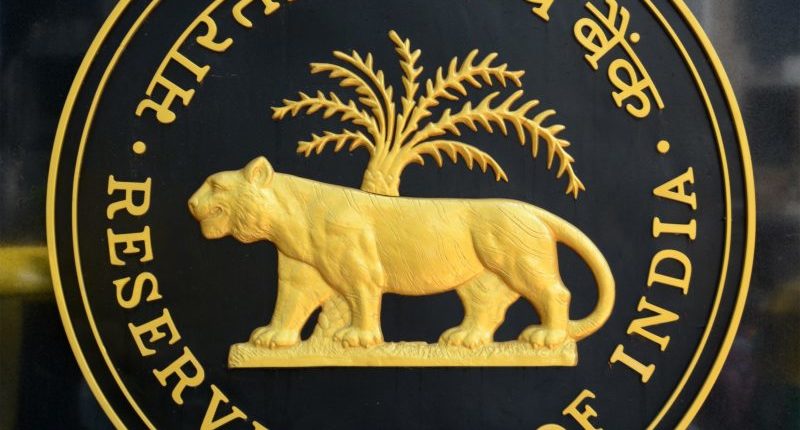The new guidelines related to FLDG schemes were issued by the RBI on June 8, 2023, and will benefit various stakeholders.
The apex bank’s new guidelines introduce a new set of rules and stringent regulations for fintechs and banks in this regard. Fintechs are mandated to make strict disclosures, as per the new RBI guideline.
Basically, FLDG is a contractual arrangement between a fintech player,and a bank and non-banking finance company (NBFC), as per which the fintech company compensates the lender, up to a certain pre-decided percentage of a loan, if the borrower defaults.
In this case, the fintech company is referred to as a loan service provider (LSP), and the bank and NBFC are known as regulated entities (REs).
In short, FLDG is a safety-net arrangement between fintechs and banks or two REs to share credit risk.
Earlier, the central bank had shown reservations about the FLDG arrangement as its concern was that the model could pose a systemic risk.
At the time when the FLDG scheme was introduced, there were issues with regard to the guarantee arrangement limit that fintech players (non-regulated entities) provide to banks. Prior to this, a few entities were offering almost 100% FLDG to banking partners.
In September 2022, the RBI issued guidelines on digital lending but did not provide clarity on the FLDG structure, however.
The industry has reacted positively to the central bank’s recent guidelines permitting the use of FLDG arrangements in digital format.
The move will have a considerable impact on every stakeholder, including the end borrower as well. Overall, it will also provide a fillip to fintech activity in the financial sector.
However, a few fintech entities are of the opinion that the default cover for up to 5% of the loan portfolio under the FLDG framework may not be sufficient.

Rajiv is an independent editorial consultant for the last decade. Prior to this, he worked as a full-time journalist associated with various prominent print media houses. In his spare time, he loves to paint on canvas.





